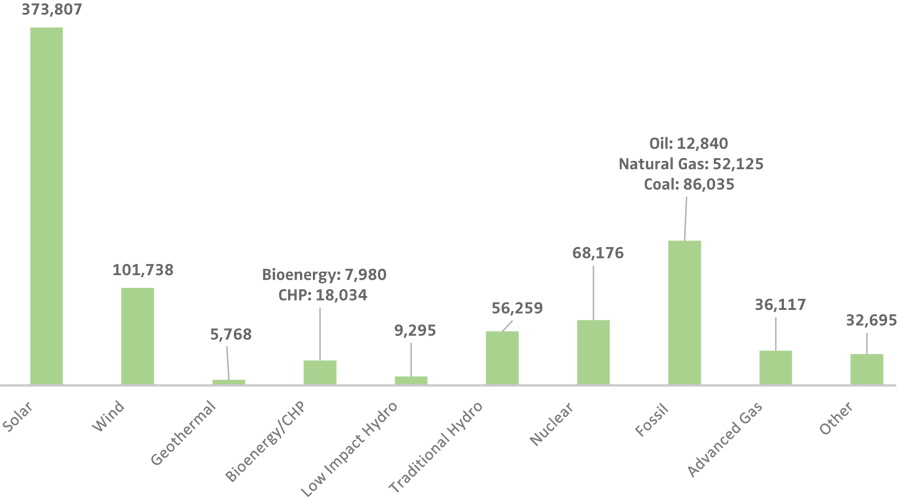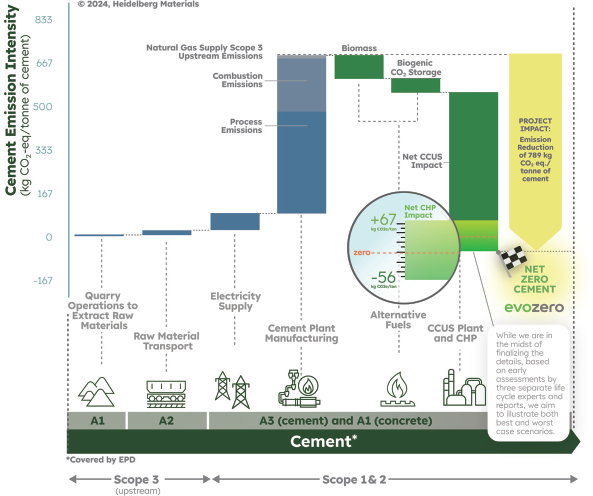September/October 2017
Communities: Industry
DOE Report: Wind and Solar Workforces Increase Significantly
As the nation’s electric generation mix continues to change, the solar and wind workforces both saw dramatic growth in 2016, according to a Department of Energy report. The solar workforce increased by 25% in 2016 and the wind workforce increased by 32%. The report found that just under 374,000 people work for solar firms and more than 102,000 workers are employed at wind firms.
Firms covered by the survey anticipate roughly 5% employment growth for 2017. Energy efficiency employers project the highest growth rate over the next 12 months (9%), followed by electric power generation (7%); transmission, distribution, and storage (6%); and motor vehicles (just over 3%, although manufacturing will remain flat). The fuels sector reported an expected decline of about 3% over the next 12 months.
While some states have benefitted from this growth, a few have seen declines in employment based on their dependence on other energy resources. States with many solar, wind, and fossil fuel resources, such as California and Texas, have seen dramatic employment gains. However, states like West Virginia and Wyoming, both dependent on coal, have had declining employment since 2015.
Overall, the 2017 US Energy and Employment Report shows that traditional energy and energy efficiency sectors currently employ approximately 6.4 million Americans. The average employment in the combined sector increased by 5% in 2016. This translates to over 300,000 net new jobs, roughly 14% of all those created in the country.
Read NSPE’s position statement on a unified energy policy.
ELECTRIC POWER GENERATION EMPLOYMENT BY TECHNOLOGY Q1 2016
SOURCE: DEPARTMENT OF ENERGY



 Volunteering at NSPE is a great opportunity to grow your professional network and connect with other leaders in the field.
Volunteering at NSPE is a great opportunity to grow your professional network and connect with other leaders in the field. The National Society of Professional Engineers (NSPE) encourages you to explore the resources to cast your vote on election day:
The National Society of Professional Engineers (NSPE) encourages you to explore the resources to cast your vote on election day:


